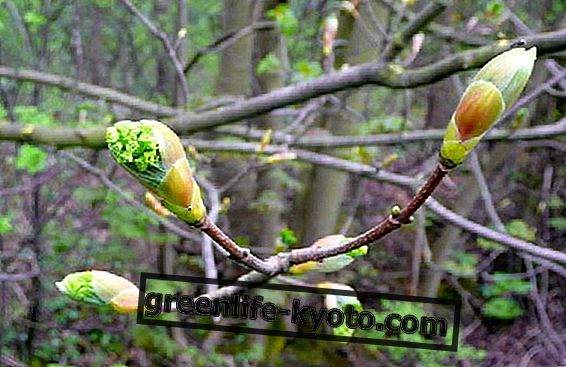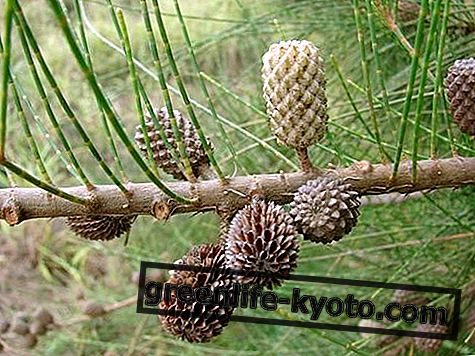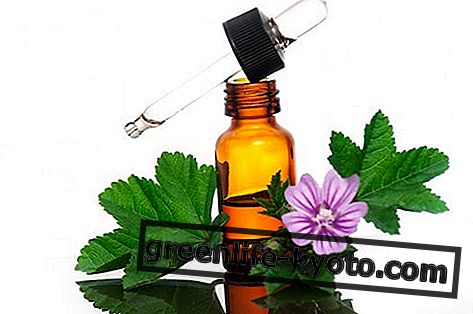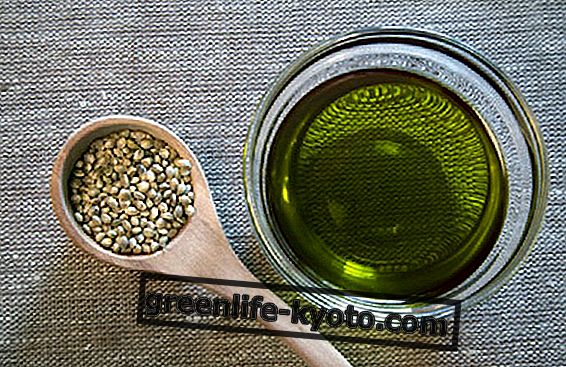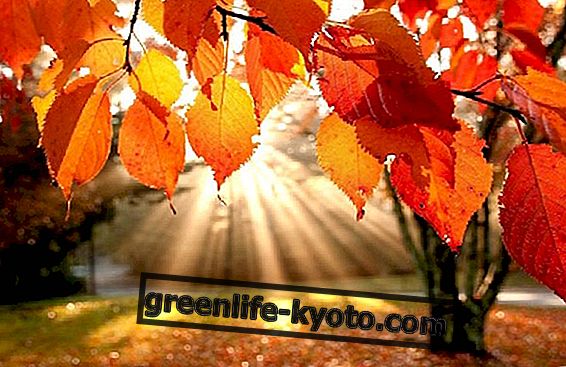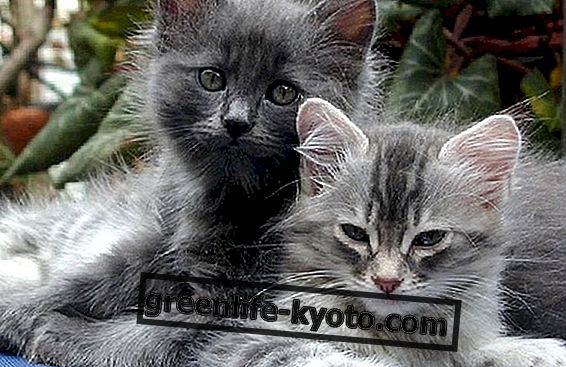
Jerusalem artichoke, nutritional properties
The Jerusalem artichoke is a tuber that boasts a very particular history. Fundamental to Native Americans, it was the basis of food in times of war. For decades it has been forgotten, but recently it is back in vogue (in Italy and beyond) as a healthy, authentic and low-calorie ingredient.
The ideal seasons for consuming Jerusalem artichokes are autumn and winter : its harvesting begins in fact at the end of summer, when the plant begins to dry, and continues until late winter.
Also the nutritional characteristics of the Jerusalem artichoke are peculiar. First of all, despite being a tuber, it is hypocaloric : it is in fact made up of 80% water and supplies only about 30 kcal per 100g of fresh food.
In addition to around 15% carbohydrates (inulin, asparagine, betaine, choline, fructose) it also contains proteins (2-3%) and mineral salts including potassium (about 400 mg), phosphorus, calcium and magnesium. It is particularly rich in vitamin A (about 2%), vitamin B and vitamin H.
How to cook Jerusalem artichoke
Once properly cleaned from the rind (an operation that requires manual work, a good small knife, time and a lot of patience), the Jerusalem artichoke should be soaked in acidulated water with a few drops of lemon juice. After this simple and quick procedure, it is ready to be used for various preparations.
In general, Jerusalem artichoke can be:
> cook steamed, baked, boiled ;
> insert as a delicious and delicate ingredient in velvety or soups ;
> eat raw (even if not everyone knows it!);
> stew in a pan with a fried shallot or onion.
With its particular flavor, reminiscent of artichoke, Jerusalem artichoke is an excellent idea to make vegetarian sauces and pasta sauces . Then we discover three recipes (vegetarian and non) of topinambur pasta .
Topinambur linguine, ricotta and walnuts
Fry the cleaned topinambur cubes in a pan with a little extra virgin olive oil and a chopped shallot. Cover everything with a lid, season with salt and pepper and cook, adding the necessary water, until they flake off.
Meanwhile cook the linguine in salted boiling water. A few minutes before draining the pasta, add a couple of tablespoons of ricotta and chopped walnuts to the topinambur . Sauté everything for a couple of minutes together with the pasta and serve with good oil and grated Parmesan cheese.
Fusilli with Jerusalem artichoke sauce, anchovies and olives
After having sauté the cubed Jerusalem artichoke with some crushed garlic cloves (which you will then remove), add some Taggiasca olives and a couple of anchovies . Add salt and pepper and cook the sauce.
Cook the fusilli al dente and toss with the sauce, along with a sprinkling of grated Parmesan, a drizzle of olive oil and a few leaves of fresh basil.
Fresh pappardelle with Jerusalem artichoke and salmon
Topinambur, fresh pasta and salmon are the ingredients of this romantic and tasty recipe.
Fry some cubes of Jerusalem artichoke in a pan with a chopped spring onion and a little oil. Add the smoked salmon and cooking cream, including vegetable cream .
Once the pappardelle are cooked, sauté them quickly in the sauce and serve, decorating your pasta with fresh chives.
